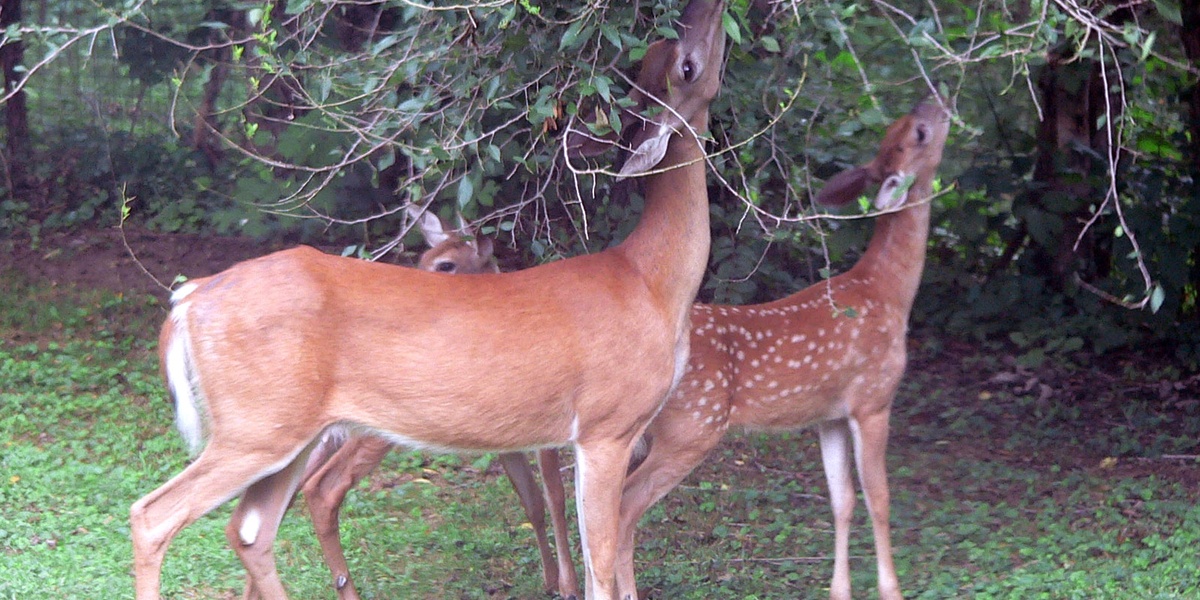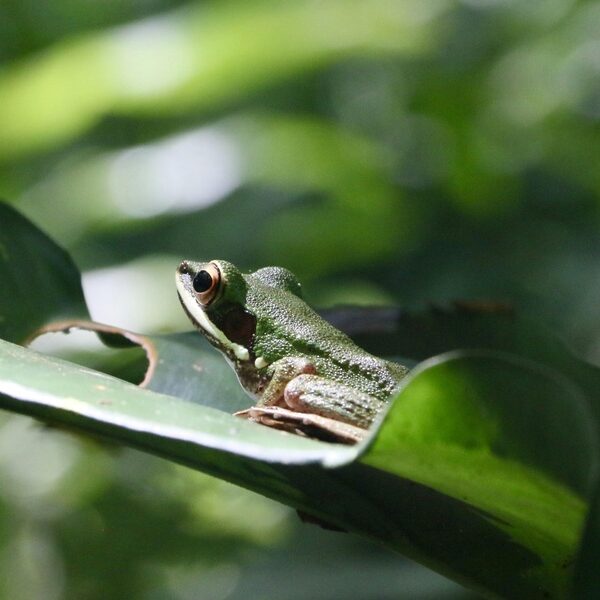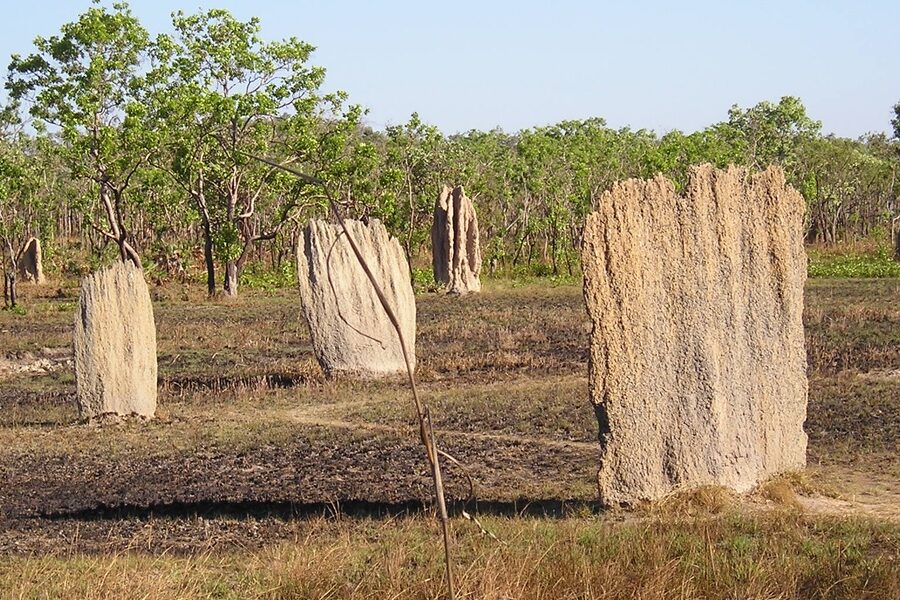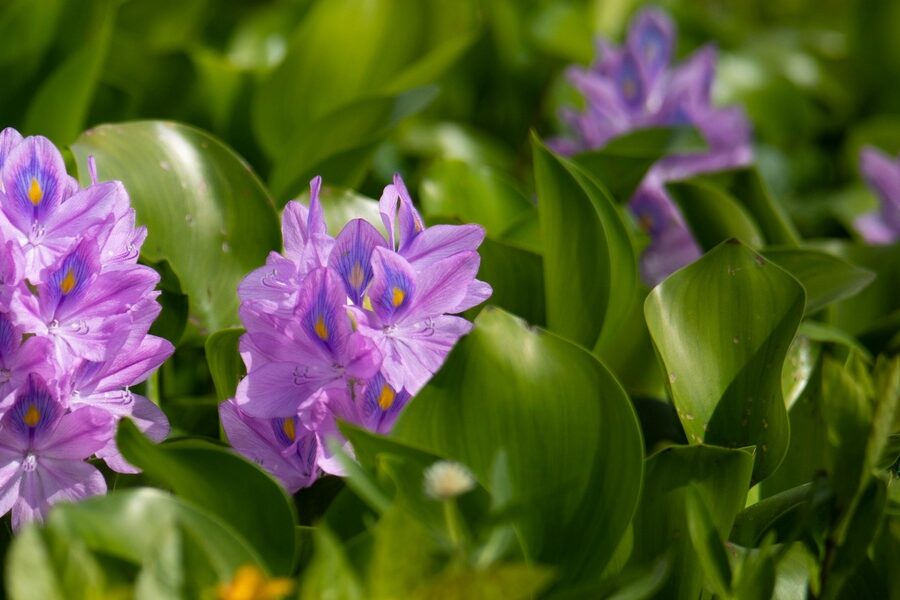From humid rainforests to quiet mixed woodlands, plant-eating mammals shape vegetation, disperse seeds and help determine habitat structure. This list focuses on species tied to forest habitats across continents, useful whether you’re a naturalist, student or land manager.
There are 59 forest herbivores, ranging from African forest buffalo to White-tailed deer. For each, you’ll find below Scientific name,Range (regions),Average weight (kg).
How complete is this list of forest herbivores?
The list groups 59 representative species across regions and size classes but isn’t exhaustive; it highlights forest-associated herbivores you’re likely to encounter or research. For local or taxon-specific work, consult regional checklists and primary literature linked or cited below the table.
Can I rely on the average weight and range data for field work?
Average weights and broad range labels are meant for general comparison and orientation—individuals vary by age, sex and season, and range maps are coarse—so use the data as a starting point and verify details with regional studies before making field or management decisions.
Forest Herbivores
| Common name | Scientific name | Range (regions) | Average weight (kg) |
|---|---|---|---|
| African forest elephant | Loxodonta cyclotis | Central & West Africa (Congo Basin) | 2,700 |
| Asian elephant | Elephas maximus | South & Southeast Asia | 3,000 |
| Giant panda | Ailuropoda melanoleuca | Central China (Sichuan, Shaanxi, Gansu) | 100 |
| Red panda | Ailurus fulgens | Eastern Himalaya & southwestern China | 5.50 |
| Mountain tapir | Tapirus pinchaque | Andean montane cloud forests (Colombia, Ecuador, Peru) | 180 |
| Malayan tapir | Tapirus indicus | Southeast Asia (Malay Peninsula, Sumatra, Borneo) | 250 |
| Baird’s tapir | Tapirus bairdii | Central America to NW South America | 225 |
| Okapi | Okapia johnstoni | Ituri and adjacent Congo Basin rainforests | 250 |
| Western lowland gorilla | Gorilla gorilla gorilla | Central African rainforests | 150 |
| Mountain gorilla | Gorilla beringei beringei | Albertine Rift montane forests (DRC, Rwanda, Uganda) | 160 |
| Bornean orangutan | Pongo pygmaeus | Borneo lowland and hill forests | 75 |
| Sumatran orangutan | Pongo abelii | Northern Sumatra rainforests | 70 |
| Proboscis monkey | Nasalis larvatus | Borneo mangrove, riverine and lowland forests | 16 |
| Colobus monkey (Mantled colobus) | Colobus guereza | African tropical and montane forests | 10 |
| Howler monkey (Mantled howler) | Alouatta palliata | Central & South American rainforests | 7 |
| Spider monkey (Geoffroy’s spider monkey) | Ateles geoffroyi | Central American and northern South American rainforests | 9 |
| Indri | Indri indri | Eastern Madagascar rainforests | 7 |
| Greater bamboo lemur | Prolemur simus | Eastern Madagascar bamboo and humid forests | 2.00 |
| Red deer | Cervus elaphus | Europe, Asia and parts of North Africa (woodlands, temperate forests) | 180 |
| Moose | Alces alces | Boreal and temperate forests across North America and Eurasia | 400 |
| White-tailed deer | Odocoileus virginianus | North American woodlands and forests | 70 |
| Elk (Wapiti) | Cervus canadensis | North American and Asian forests and woodlands | 300 |
| Roe deer | Capreolus capreolus | Europe temperate and mixed forests | 20 |
| Sika deer | Cervus nippon | East Asian forests and introduced populations | 60 |
| Muntjac (Indian muntjac) | Muntiacus muntjak | South & Southeast Asian forests | 15 |
| Sambar deer | Rusa unicolor | South & Southeast Asian forests | 200 |
| Caribou / Reindeer | Rangifer tarandus | Circumpolar boreal forests, taiga and tundra regions | 150 |
| Musk deer (Siberian musk deer) | Moschus moschiferus | Mountain and forested areas of Asia | 17 |
| Gaur | Bos gaurus | South & Southeast Asian evergreen and semi-evergreen forests | 700 |
| Banteng | Bos javanicus | Southeast Asian forest, grassland and scrub mosaics | 600 |
| African forest buffalo | Syncerus caffer nanus | Central and West African rainforests | 300 |
| Okapi (duplicate avoided) | Okapia johnstoni | Congo Basin rainforests | 250 |
| Bongo | Tragelaphus eurycerus | West and Central African rainforests and montane forests | 250 |
| Blue duiker | Philantomba monticola | West and Central African rainforests | 5 |
| Paca | Cuniculus paca | Neotropical lowland rainforests | 7 |
| Agouti | Dasyprocta punctata | Neotropical rainforests and secondary forests | 4 |
| North American porcupine | Erethizon dorsatum | Boreal and temperate forests of North America | 9 |
| Capuchin omitted due to omnivory | |||
| Giant anteater excluded due to specialization | |||
| Two-toed sloth | Choloepus hoffmanni | Neotropical rainforests | 6 |
| Three-toed sloth | Bradypus variegatus | Neotropical rainforests | 4 |
| Hoatzin | Opisthocomus hoazin | Amazonian riverine and flooded forests | 1.20 |
| Kakapo | Strigops habroptilus | New Zealand temperate forests (predator-free areas) | 3.50 |
| New Zealand pigeon (Kereru) | Hemiphaga novaeseelandiae | New Zealand native forests | 0.70 |
| Hyacinth macaw | Anodorhynchus hyacinthinus | South American gallery and palm-dominated forests | 1.20 |
| Green iguana | Iguana iguana | Neotropical forests and forest edges | 7 |
| Giant panda (duplicate avoided) | Ailuropoda melanoleuca | Central China bamboo forests | 100 |
| Red panda (duplicate avoided) | Ailurus fulgens | Eastern Himalaya temperate forests | 5.50 |
| Koala | Phascolarctos cinereus | Eucalyptus forests of eastern Australia | 9 |
| Greater glider | Petauroides volans | Australian eucalypt forests | 1.30 |
| Takin | Budorcas taxicolor | Himalayan and eastern Asian montane forests | 300 |
| Proboscis monkey (duplicate avoided) | Nasalis larvatus | Borneo mangrove and riverine forests | 16 |
| Okapi (duplicate avoided) | Okapia johnstoni | Congo Basin rainforests | 250 |
| Sambar (duplicate avoided) | Rusa unicolor | South & Southeast Asian forests | 200 |
| Axis deer (Chital) | Axis axis | Indian deciduous and moist forests | 60 |
| Silvered langur | Trachypithecus cristatus | Southeast Asian mangrove and lowland forests | 8 |
| Bamboo lemur (greater bamboo lemur) | Hapalemur simus | Madagascar bamboo thickets and humid forests | 1.50 |
| European bison | Bison bonasus | European mixed and riparian forests | 600 |
| Agouti (duplicate avoided) | Dasyprocta punctata | Neotropical rainforests | 4 |
Images and Descriptions
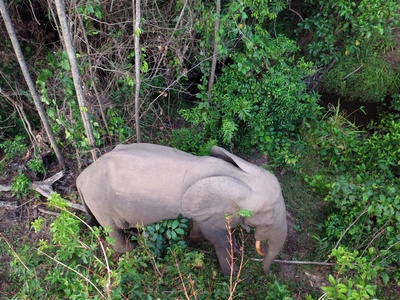
African forest elephant
Large tropical rainforest browser and frugivore that eats leaves, fruit and bark in lowland rainforests; creates gaps, disperses seeds, and shapes vegetation structure across the Congo Basin.

Asian elephant
Massive forest and mosaic-habitat herbivore that feeds on grasses, leaves, bark and fruit in tropical and montane forests; important seed disperser and ecosystem engineer that opens trails and maintains forest edges.

Giant panda
Bamboo specialist of temperate montane bamboo forests; eats primarily bamboo shoots and leaves and influences bamboo stand dynamics while serving as an iconic conservation flagship for forest protection.
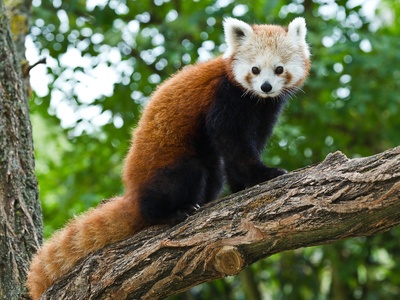
Red panda
Small arboreal herbivore that feeds mainly on bamboo, fruits and leaves in montane temperate forests; a seed predator and occasional disperser that links understory plants and canopy through browsing.
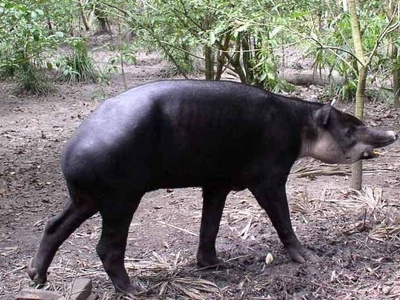
Mountain tapir
Shy browser of montane cloud and high-elevation forests that eats leaves, fruit and stems; aids seed dispersal and understory regeneration while modifying vegetation by trampling and foraging.

Malayan tapir
Large forest browser of lowland and swamp rainforests that consumes leaves, fruit and shoots; a key seed disperser that shapes plant community composition in Southeast Asian forests.
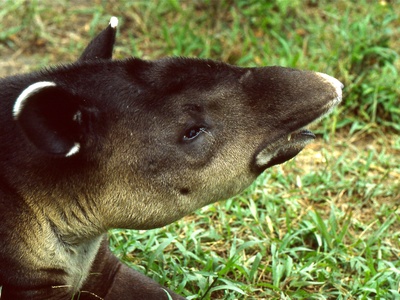
Baird’s tapir
Forest-dwelling browser of tropical wet forests that eats fruit and foliage; moves seeds across landscapes and helps regenerate understory vegetation in rainforests and cloud forests.
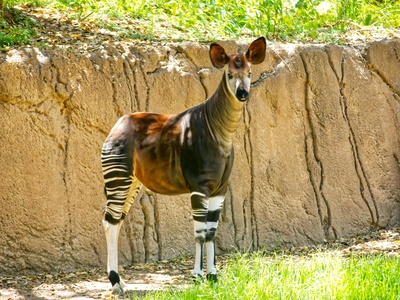
Okapi
Secretive rainforest browser that feeds on leaves, buds and fruit in dense Central African forests; selectively browses and disperses seeds, influencing understory plant diversity.
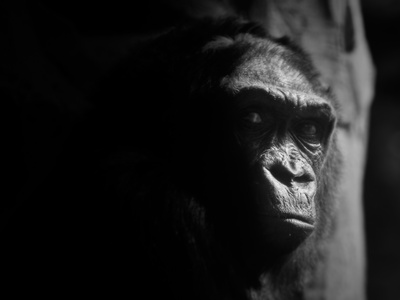
Western lowland gorilla
Primarily folivorous and frugivorous great ape that browses leaves, stems and fruit in lowland tropical forests; shapes plant communities via selective feeding and long-distance seed dispersal.
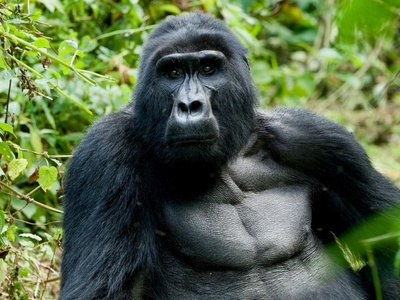
Mountain gorilla
Herbivorous great ape that consumes leaves, shoots and stems in montane and bamboo forests; creates clearings, recycles nutrients, and disperses seeds while heavily browsing vegetation.

Bornean orangutan
Arboreal frugivore and folivore of tropical rainforests that eats fruit, leaves and bark; a major seed disperser and gardener of the forest, creating tree-fall gaps and promoting regeneration.
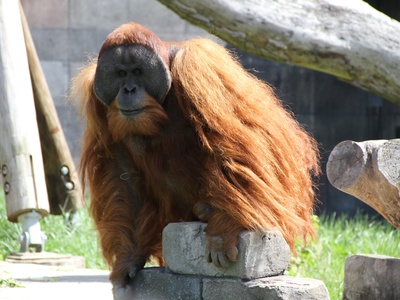
Sumatran orangutan
Tree-dwelling frugivore/folivore living in tropical lowland and peat swamp forests; spreads seeds of many canopy trees and influences forest structure through foraging and nest-building.

Proboscis monkey
Specialized leaf and unripe fruit eater in mangrove and riverine forests; digests leaves efficiently, shaping foliage composition and linking river channels to forest nutrient cycles.
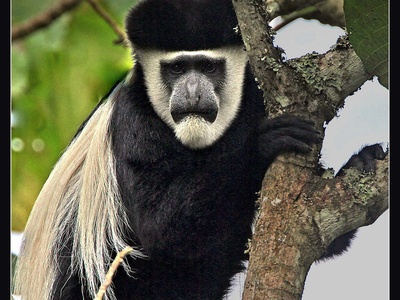
Colobus monkey (Mantled colobus)
Leaf-specialist primate that feeds on mature leaves and some fruit in canopy forests; its folivory helps regulate tree growth and contributes to nutrient cycling in African woodlands.

Howler monkey (Mantled howler)
Loud canopy folivore that eats leaves, fruit and flowers in tropical forests; long-distance seed disperser whose browsing influences forest regeneration and tree species composition.
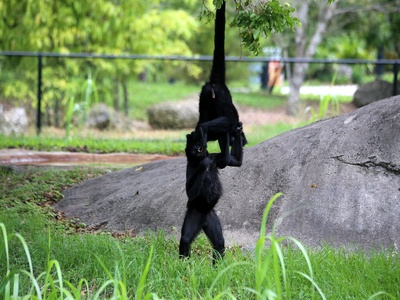
Spider monkey (Geoffroy’s spider monkey)
Highly frugivorous canopy primate that eats fruit and some leaves in tropical forests; exceptional seed disperser for large-seeded trees, maintaining plant diversity.

Indri
Large lemur that feeds primarily on leaves and some fruit in humid forests; a folivore that shapes canopy foliage and participates in seed distribution across Madagascar’s forest fragments.
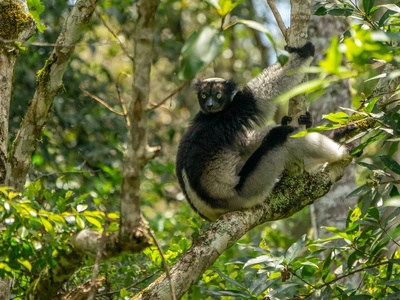
Greater bamboo lemur
Specialist feeder on bamboo shoots, leaves and pith in montane and humid forest stands; influences bamboo dynamics and serves as a focal species for Madagascar forest conservation.

Red deer
Large temperate forest browser and grazer that eats leaves, grasses and shoots; alters understory vegetation through browsing and supports predators and scavengers via biomass transfer.

Moose
Massive browser that feeds on twigs, leaves and aquatic plants in boreal and mixed forests; shapes riparian vegetation, opens waterways, and influences tree recruitment by heavy browsing.
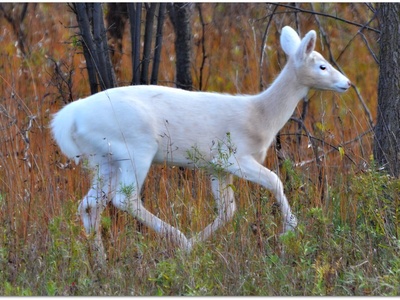
White-tailed deer
Common forest browser that feeds on leaves, twigs and forbs across deciduous and mixed forests; affects understory composition, plant regeneration and predator-prey dynamics in many ecosystems.
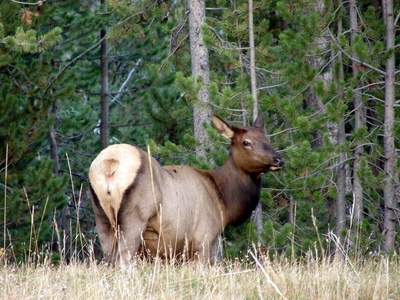
Elk (Wapiti)
Large mixed feeder of grasses and browse in montane and forested habitats; influences forest-edge dynamics, nutrient cycling, and provides prey biomass for large carnivores.

Roe deer
Small forest browser that eats shoots, leaves and herbs; impacts understory plant community and serves as common prey for forest predators while shaping vegetation structure.

Sika deer
Forest-dwelling browser and grazer that eats leaves, grasses and fruits; alters understory composition and competes with native herbivores in both native and introduced ranges.

Muntjac (Indian muntjac)
Small solitary browser of tropical and subtropical forests that eats leaves, shoots and fallen fruit; influences seed fate and understory structure through selective browsing.
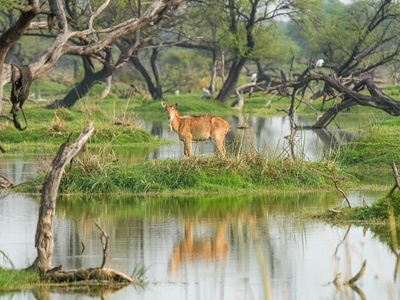
Sambar deer
Large woodland browser in tropical and subtropical forests that consumes foliage, fruits and grasses; modifies understory vegetation and supports predators such as tigers.
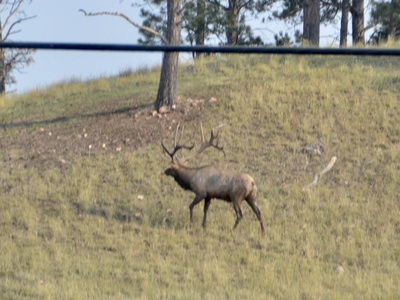
Caribou / Reindeer
Herbivorous ungulate feeding on lichens, grasses and shrubs in boreal forests and tundra; key grazer influencing ground-layer plant communities and nutrient flows.

Musk deer (Siberian musk deer)
Small browsing deer of montane and coniferous forests that eats leaves, shoots and lichens; influences young-tree survival and understory composition while providing prey for predators.
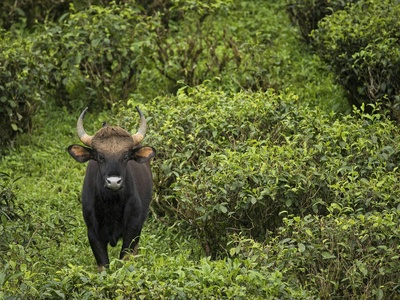
Gaur
Large forest-dwelling bovine that grazes and browses in tropical forests and foothills; impacts forest regeneration via heavy browsing and creates habitat heterogeneity through trampling.
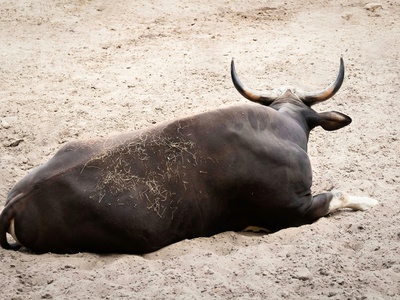
Banteng
Forest-edge grazer and browser in lowland and seasonal forests that feeds on grasses and shoots; shapes understory structure and is an important prey and ecological component in Asian forests.

African forest buffalo
Smaller rainforest-adapted buffalo that grazes and browses in dense forests; forms herds that influence undergrowth, seedling survival, and nutrient redistribution.
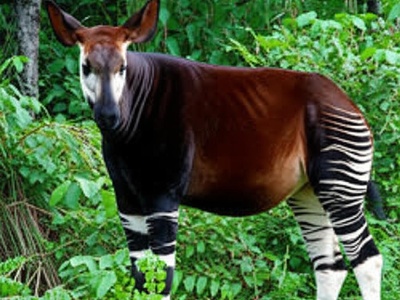
Okapi (duplicate avoided)
Secretive rainforest browser that feeds on leaves, buds and fruit in dense Central African forests; selectively browses and disperses seeds, influencing understory plant diversity.

Bongo
Large reddish forest antelope that browses leaves, shoots and fruits in dense rainforest; important seed disperser and helps maintain understory dynamics in African forests.
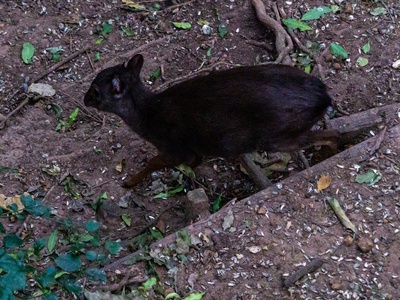
Blue duiker
Tiny forest antelope that nibbles fruit, leaves and fungi on the forest floor; plays a role in seed predation and dispersal and is prey for small forest carnivores.
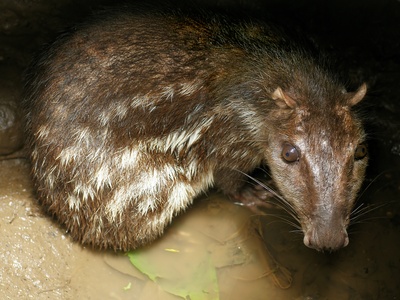
Paca
Nocturnal rodent that eats fruit, seeds and tubers in tropical forests; an important seed predator and disperser that influences regeneration and plant community dynamics.
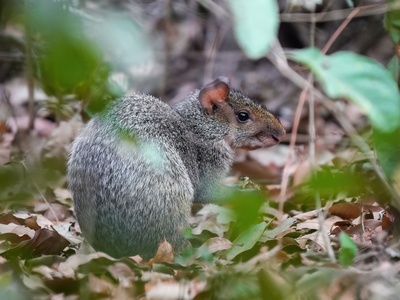
Agouti
Diurnal frugivorous rodent that caches seeds and fruits in forest soils; key scatter-hoarder promoting seed dispersal and germination for many tropical trees.

North American porcupine
Primarily herbivorous rodent that eats bark, buds and leaves in coniferous and mixed forests; influences tree health and creates feeding scars that alter forest structure.
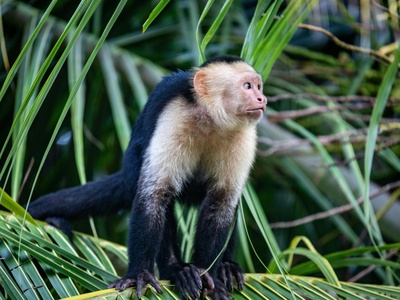
Capuchin omitted due to omnivory

Giant anteater excluded due to specialization
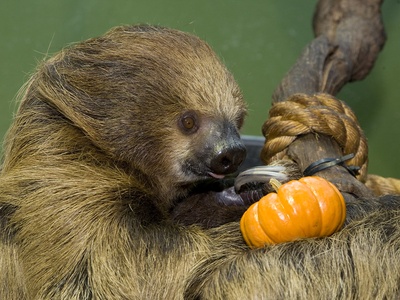
Two-toed sloth
Slow-moving arboreal folivore that eats mostly leaves in canopy forests; influences leaf turnover and provides microhabitats while harboring diverse commensal communities.
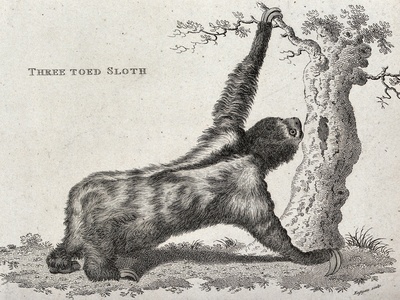
Three-toed sloth
Arboreal leaf specialist feeding on canopy leaves and occasional fruit; contributes to nutrient cycling in trees and supports a specialized micro-ecosystem on its fur.
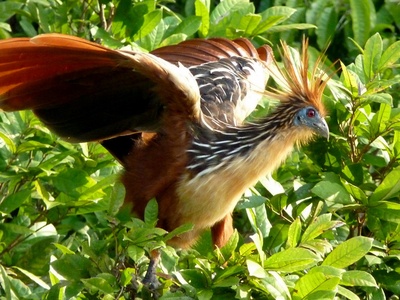
Hoatzin
Unique folivorous bird that ferments leaves in an enlarged crop; lives in flooded and riverine forests, consuming young leaves and playing a role in leaf-matter processing and seed dispersal.
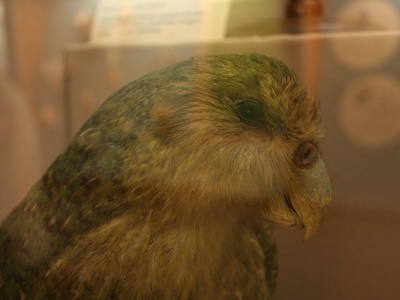
Kakapo
Flightless nocturnal parrot that eats native plants, seeds and fruits in temperate forests; influences plant regeneration and is a conservation icon for forest restoration.
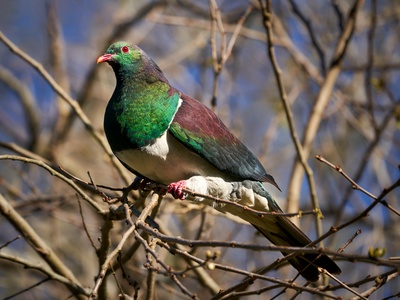
New Zealand pigeon (Kereru)
Large frugivorous pigeon that swallows and disperses whole native fruits across forest canopies; critical seed disperser for many large-seeded endemic trees.
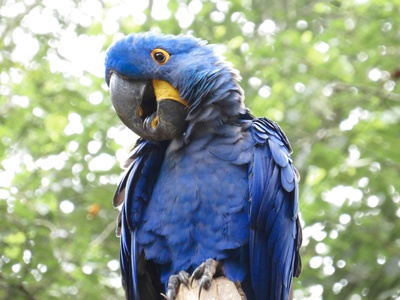
Hyacinth macaw
Specialist of palm nuts and seeds in tropical gallery and forested wetlands; cracks tough seeds and disperses or redistributes seeds, affecting palm recruitment.

Green iguana
Large arboreal reptile that eats leaves, fruits and flowers in tropical forests; as an herbivore it influences sapling survival and seed fate in canopy and understory layers.

Giant panda (duplicate avoided)
Bamboo specialist of temperate montane bamboo forests; eats primarily bamboo shoots and leaves and influences bamboo stand dynamics while serving as a flagship for forest conservation.

Red panda (duplicate avoided)
Arboreal bamboo and fruit eater in montane forests; a small browser that affects bamboo dynamics and serves as an indicator of healthy temperate forest ecosystems.
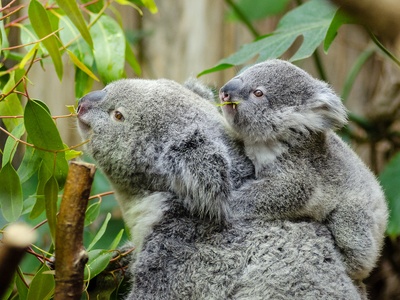
Koala
Eucalyptus specialist that feeds on leaves in sclerophyll and temperate forests; a folivore that influences eucalypt growth patterns and is central to Australia’s forest ecology and conservation.
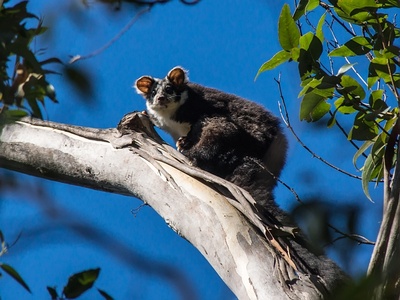
Greater glider
Nocturnal arboreal folivore that eats mostly eucalyptus leaves in temperate woodlands; plays a role in leaf turnover and indicates the health of old-growth forest stands.
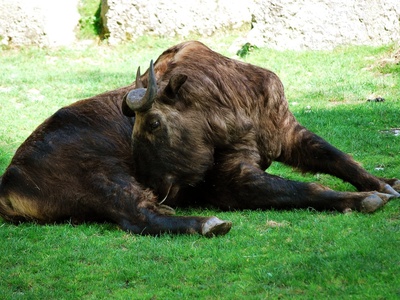
Takin
Robust browser of alpine and montane rhododendron and bamboo forests that eats leaves and shoots; shapes scrubby forest vegetation and provides large-herbivore ecosystem functions at altitude.

Proboscis monkey (duplicate avoided)
Specialized leaf and unripe fruit eater in mangrove and riverine forests; digests leaves efficiently and links aquatic and terrestrial nutrient cycles.

Okapi (duplicate avoided)
Secretive rainforest browser that feeds on leaves, buds and fruit in dense Central African forests; selectively browses and disperses seeds, influencing understory plant diversity.
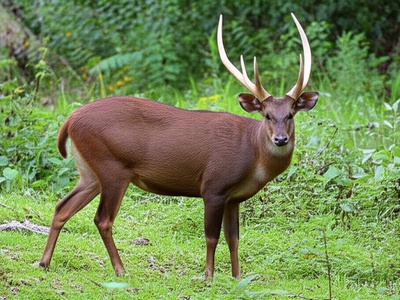
Sambar (duplicate avoided)
Large forest browser in tropical evergreen and montane forests that consumes foliage and fruits; influences understory composition and supports apex predators in Asian forests.
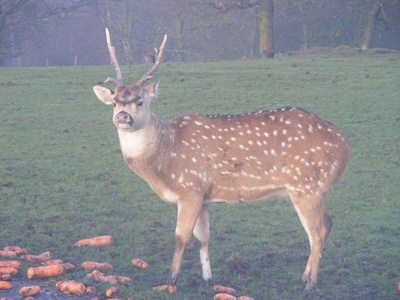
Axis deer (Chital)
Common forest-edge browser and grazer that eats grasses, leaves and fruit; affects understory dynamics and serves as prey for large carnivores in South Asian forests.
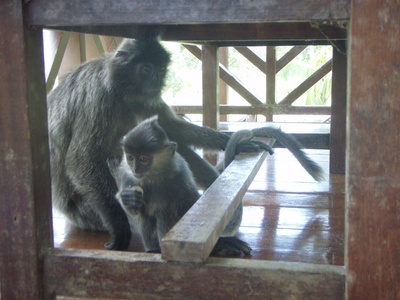
Silvered langur
Leaf-specialist colobine that eats young leaves and seeds in coastal and lowland forests; folivory influences tree growth and supports unique primate-forest interactions.
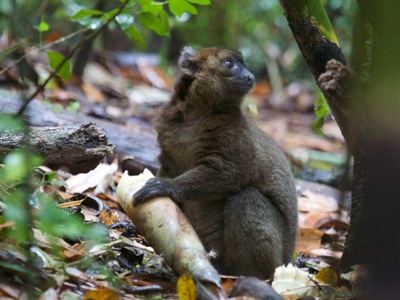
Bamboo lemur (greater bamboo lemur)
Highly bamboo-dependent lemur that eats bamboo shoots and leaves in montane and lowland forests; a specialist whose survival reflects bamboo habitat health.
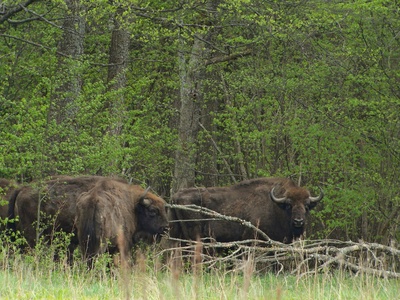
European bison
Large forest and forest-steppe grazer and browser that feeds on grasses, shrubs and tree bark; creates open patches, disperses seeds and is a keystone herbivore in rewilding efforts.

Agouti (duplicate avoided)
Diurnal frugivorous rodent that caches seeds and fruits in forest soils; key scatter-hoarder promoting seed dispersal and germination for many tropical trees.
